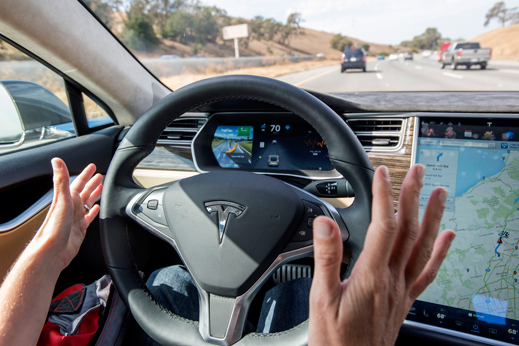
There's something for everyone at the Barber Vintage Festival (Credit: Somer Hooker / Gizmag) Image Gallery (160 images) Every October there’s a three day party in Birmingham, Alabama, for motorcyclists of all persuasions. Unlike most brand-specific get togethers, this event honors one and all, from the beginnings of motorcycling history to the wonderous two-wheeled technology of today. The event is kid-friendly, exceptionally well organized, incredibly welcoming and spotlessly clean. It’s called the Barber Vintage Festival and it’s unlike any other event in the world. Here are the nine reasons why the Barber Vintage Festival is the one motorcycle happening you cannot say no to. Britten the featured marque in 2015 
Every year Barber Vintage Festival picks a theme to expand upon, and as this year is the 20th anniversary of the passing of legendary New Zealand motorcycle designer John Britten, it presented the perfect opportunity to host a tribute to his work. Nine of the 10 existing Britten motorcycles were on hand, including the famed "Streamliner," as was the Britten family. To a Britten enthusiast, getting eyes-on just once in a lifetime might have to do, so to see them running in a pack on the track, racing in AHRMA and all displayed together in the Barber Museum was such a rare sight – even John Britten himself never got to see it. The tale of John Britten is a fairytale equally enchanting as that of fellow-Kiwi Burt Monro, who gained international acclaim for his home-grown innovation thanks to the movie The World's Fastest Indian. 
Britten was another motorcycle innovator from New Zealand, who put a whole new spin on "homebuilt" motorcycles. Built from the ground up, each of his V-twin motorcycles was a spectacular vision of "outside-the-box" thinking and captured the imagination of the world. In the early 90’s he brought an example to Daytona and was allowed to run it in Battle of the Twins where he made quite the display as his rider rode the rear wheel, flashing the peace sign to spectators as the competition tried to catch them. Sadly, John succumbed to cancer at age 45, robbing us all of what might have been. 
Brittens were sold with a tuning laptop in each crate which was remarkably innovative for the time. Expensive even then, (prices varied, but around US$75,000 seems to be the range), they are now among the most treasured motorcycles in the world and easily worth more than 10 times that now. With only 10 Brittens on the planet, George Barber saw to it that nine of them made it to the Vintage Festival. Think about that for a moment – that's 90 percent of the entire production run in one spot, turning the Barber Festival into an defacto Britten festival. 
Indeed, one of them was already there, because George Barber invested in John Britten’s dream early on and was one of the first buyers. He is to this day an original owner of the first Britten group. Those who attended the annual Motorcycles by Moonlight museum charity dinner got to see them all in one room. This proved to be much more intoxicating then any of the beverages served, at least until the next day when five were paraded on the track at once, with a couple on the back wheel in true Britten fashion. 
Kirsteen Britten, John’s wife, was on hand to speak about John’s life and passion. She also flagged off the parade lap with the bikes on the track 
Five Brittens on the track at once: never before and probably never again 
Kirsteen Britten leads the parade of Brittens while seated on the back of George Barber’s Porsche Spyder George Barber and his staff The Southern gentleman turned around on the tram. "Is everything all right? Is there anything you need?" He had white hair and look of concern as we rode around the track. None other than Mr. George Barber himself was sampling the service being provided at the grounds that bear his name. He patiently moves through the crowds like a host at a Derby Day party, making sure everyone is content and everything is sufficient. One of the hallmarks of the Barber Vintage Festival is plain old Southern Hospitality. Some meets have organizers and staff that interact with their patrons more like taskmasters with whips. Not so at Barber’s. All staff will treat you with courtesy and genuine concern. They want to make sure you’re happy and help if you’re not. It’s important to ask and listen, to learn to improve. It’s a mandate that comes directly from the top, Mr. Barber himself. And it’s the secret sauce to how they always manage to take it up several notches every year. The gentleman who makes it all possible, George Barber The Museum and Grounds It’s the first thing you see when you enter the park and frankly, it’s just plain majestic. Five stories of poured concrete with a glass front that brings to mind more upscale hotel than motorcycle museum. Barbers is often described as an 850 acre botanical garden with a race track and what is commonly regarded as the best motorcycle museum in the world. The grounds are spotless, and the crowds at BVF respect that. There is a huge camp area and it’s popular, with good bathrooms and lovely views. The ground staff knows what’s nesting here, what has babies, and concern for the surrounding environmentally sensitive river is paramount. The race track is sold out most of the year for track days and corporate functions, Porsche and Mercedes have offices on the grounds. So while it’s probably true that the grounds and racetrack each sets a world standard, it’s the museum that stands alone in it’s unlikely to ever be contested "Best In The World" status. The state of the art dedicated building holds roughly 1600 motorcycles and is currently undergoing an expansion that will double its size. Inside the vast collection is the largest Lotus car collection in the world as well as many machines a staunch enthusiast will recognize as the core MOMA Art of the Motorcycle exhibit. You could easily spend a day in the museum alone and many do just that. The Racing Sparse grids, single file races? Not at Barbers. This is the race entrants look forward to all year, so much so that AHRMA, the series that sanctions the weekend had to find a way to limit entry’s by requiring pre-Barber qualifier races in order to get in. The resulting full grids, top name racers and busy paddock make for outstanding spectating. The best part? It’s all included in the price of your standard BVF gate admission. If you get tired of watching the road races (which includes the Century race and of course the Britten on track exhibition), there’s vintage MX dirt track racing thru the surrounding woods as well. The Motorcycle Swap meet The swap meet has six hundred vendor spaces and sells out months before the event. and the Barber staff works hard to keep the focus on small vendors. Jeff Ray CEO noted years ago that when one mega meet kept increasing its fees due to popularity, the smaller guys got nudged out. Soon it was nothing but professionals selling reproduction parts and services. He realized that attendees have a "lust for rust," that they like to find those small treasures like the Pickers do. In fact the swap meet has a pickers contest. The entrants with the most unusual item entered, are awarded a trophy and a free space the next year. Vendors have been known to make sales just as they pull in The Century Race Early on the Museum began "The Race of the Century." To enter, participants had to have a motorcycle at least 100 years old. Each year the field got larger and the speeds faster. By 2012 (1912) better brakes and dual speed rear ends were making it really interesting. Last year they realized that they were now getting into the era of 3 speed transmissions and big V-twins. Speeds would be approaching 80+ mph. The focus shifted to a parade lap for 100+ year old motorcycles. The happy result is the Indian – Harley wars might never end. At least not while Barber is offering such a choice battlefield. The year the field consisted of a couple of Harley Davidsons that had been battle tested in a Cannonball cross country run, a Triumph single and an Indian V-twin. Another facet of the mid-day activities on Saturday is a parade lap of honor for any machine that had participated in the Cannonball race, a cross country rally for pre-1936 or pre 1916 motorcycles depending on the year. It’s quite a show – the gambit ran from flat tank Harley Davidsons to Art Deco BMWs. Crossing the finish line always feels good – 1929 101 Indian Scout Motorcycles On Parade We’ve all heard the term "Three Ring Circus," where three separate shows were going on at once under the Big Top. Multiply that times three at The Barber Vintage Festival. Early on the VJMC (Vintage Japanese Motorcycle Club) and AMCA (Antique Motorcycle Club of America) became one of the foundations for the festival. Each club was given an area to stage a ride-in bike show. It was popular and as the festival grew, more shows sprung up; formally and informally. Motorcycle Classics magazine took over the formal task of the "main" bike show and with the promise of the winner making the magazine owners started turning up with bikes from all 49 states. Soon Ace Café joined the party with one of their own as well – for an additional fee you could enter its build-off show and sip adult beverages while watching the races (by paying admission to a private area). The Art One of the most unexpected things about Barbers is the applications of art in its public spaces. They vary from whimsical (like the giant ants carrying away a motorcycle and rider as well as a giant Coca Cola bottle), the ultra-serious (The Ted Gall sculpture "The Chase" on the museum’s front lawn) and the iconic (the giant spider in the race track front straight grass by the Charlotte’s Web turn). A walk around the track might take you past a pride of lions on the hunt, an Indian totem, giant flowers with spinning petals, Don Quixote on his horse, and a man seemingly drowning in a lake known as the "Zombie Frenchman." Art is all throughout the museum too and it’s not just interesting, it’s remarkably clever – a real car in parts displayed to resemble a giant model car kit, and "trees" made of motorcycles that seem to grow thru the museums floors are but two examples of many. It’s not a stretch to suggest a visit here for the art and artistic displays alone. Thrill Shows One of the favorite past times at any motorcycle event is the Motorcycle Thrill Show and like everything else at Barber’s they deliver three times more entertainment than you might expect. The traditional stunt show is taken over the top (literally) by the On The Edge motorcycle stunt show. Based in the UK this accomplished quartet of trials bike experts pull off the impossible numerous times a day. Nestled in the fan zone is a strange looking metal mesh ball that houses as many as three genuine "daredevil" riders at a time all somehow managing to miss each other as they ride inside the sphere fast enough to glue themselves with centrifugal force upside down at speeds up to 60 mph. The three "man" team is actually two guys and a gal and the crowd loves that reveal, which is saved until the end. More surprising is that this, like many carnival shows, is a family business and the globe (and show) date back to 1912 when the Uris family took it on the road. Completing the trio is an old fashioned Wall of Death. This mother of all carnival shows is run by the American Motor Drone Company and showcases the vintage American sport of board track racing using antique Indian and Harley Davidson motorcycles. Fans stand inches from the riders who scream by and grab dollar bills from the crowd as the whole platform sways with the force of the machines inside it. If you have never seen it this authentic (and memorable) piece of Americana it’s like stepping thru a doorway back in time. Want to attend the Barber Vintage Festival in 2016? Plan ahead. Camping and swap meet spots sell out in days once sales open. This year’s crowd of 69,000 attendees was a record but there were almost no lines to get in or anywhere else, and buying your $60 (or less with advance purchase) three day pass is part of that lovely no-waiting-in-line process. The website is really informative, check out this link for the FAQ. In the meantime, take a closer look at all of these reasons (and more) to put this ebent on your agenda in our extensive Barber Festival photo gallery. http://www.gizmag.com/barber-vintage-festival-motorcycle-show/40056 | 






















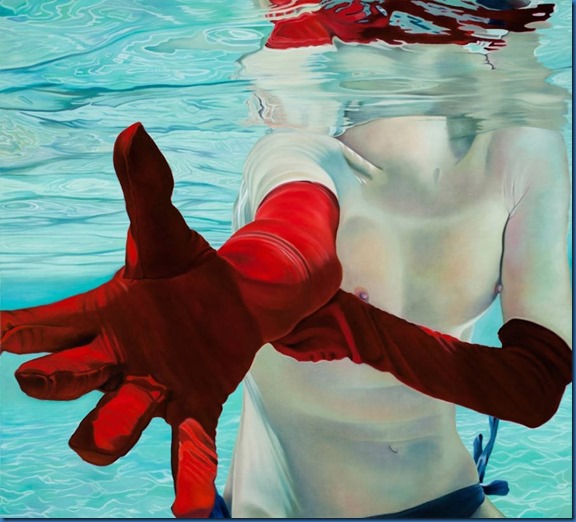






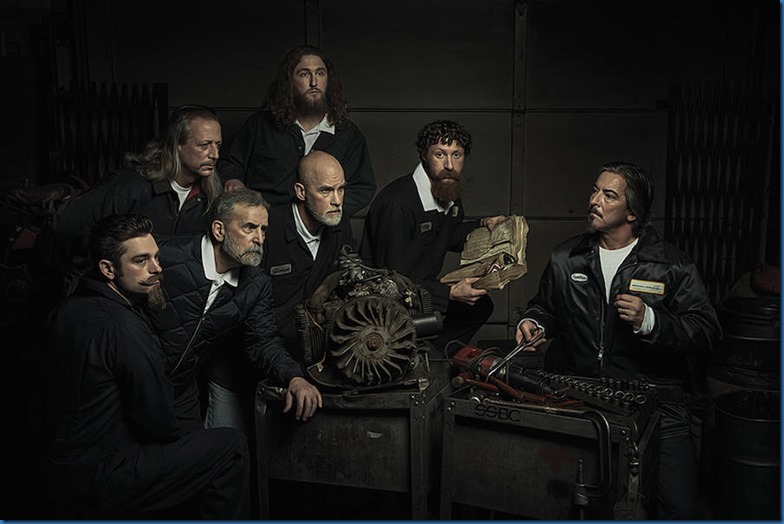
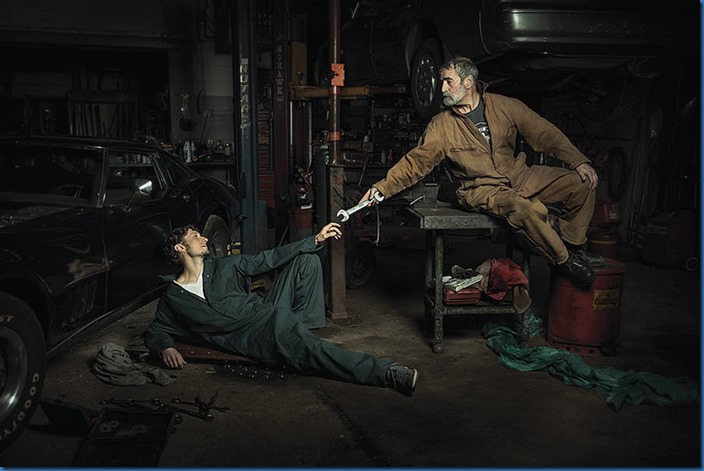
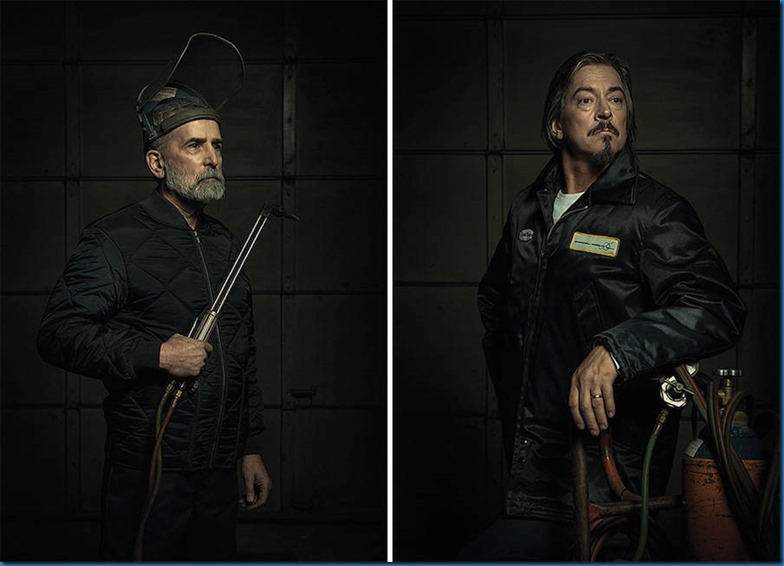
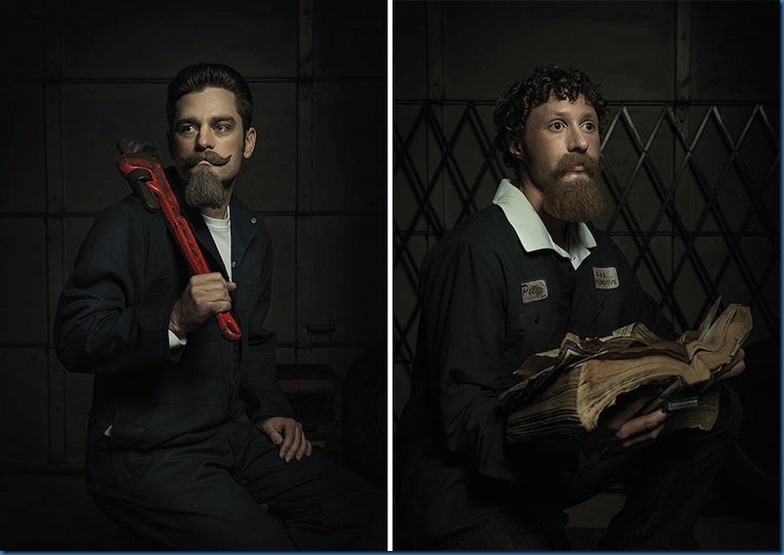
![Snap 2015-10-29 at 19.15.09_thumb[3] Snap 2015-10-29 at 19.15.09_thumb[3]](http://lh3.googleusercontent.com/-_mWv_58rncw/VjKS13QV1jI/AAAAAAAASVM/mocfm9VXfxg/Snap%2525202015-10-29%252520at%25252019.15.09_thumb%25255B3%25255D_thumb%25255B1%25255D.png?imgmax=800)
![Snap 2015-10-29 at 19.15.29_thumb[2] Snap 2015-10-29 at 19.15.29_thumb[2]](http://lh3.googleusercontent.com/-1uadyXl9veM/VjKTFbFOMbI/AAAAAAAASVc/GBtk0h2cpMQ/Snap%2525202015-10-29%252520at%25252019.15.29_thumb%25255B2%25255D_thumb%25255B1%25255D.png?imgmax=800)
![Snap 2015-10-29 at 19.17.08_thumb[2] Snap 2015-10-29 at 19.17.08_thumb[2]](http://lh3.googleusercontent.com/-F6hlxpVGouk/VjKTNr7exaI/AAAAAAAASVs/bFS20899GvE/Snap%2525202015-10-29%252520at%25252019.17.08_thumb%25255B2%25255D_thumb%25255B1%25255D.png?imgmax=800)
![Snap 2015-10-29 at 19.17.50_thumb[2] Snap 2015-10-29 at 19.17.50_thumb[2]](http://lh3.googleusercontent.com/-bvCaBUlyBaI/VjKTZlh_4gI/AAAAAAAASV8/WSHaiNLvfr0/Snap%2525202015-10-29%252520at%25252019.17.50_thumb%25255B2%25255D_thumb%25255B1%25255D.png?imgmax=800)
![Snap 2015-10-29 at 19.18.35_thumb[2] Snap 2015-10-29 at 19.18.35_thumb[2]](http://lh3.googleusercontent.com/-wJFUmpfyR50/VjKTl9dO5II/AAAAAAAASWM/kEe1q2fUU-Y/Snap%2525202015-10-29%252520at%25252019.18.35_thumb%25255B2%25255D_thumb%25255B1%25255D.png?imgmax=800)
